Leash walking and problems on a leash are all too familiar to many dog people. More and more linen Rambos are on the streets. Many people feel alone with this problem and are ashamed of and for their dog. Today we're talking about solutions and the important difference between frustration on a leash and aggression on a leash.

This is us – Reva & Me
We are Jessica, 35, a dog mom and Reva, 4, a Pyrenees dog from animal welfare. I'm a passionate dog mother and Reva has a head full of nonsense. So we are a perfect match for each other.
My heart has beaten for dogs since I was a child and with Reva I fulfilled my dream of having my own dog. For the second time to be more precise. My great passion is working with dogs from animal welfare, as injured dogs' souls particularly appeal to me.
On our account I report on small and large adventures that we experience together. We reminisce about my late dog and show our everyday lives openly and honestly. With all our quirks and mistakes, as these are normal and no human-dog team is free from them.

A constant favorite: the Leinenpöppler
No other topic in dog training is as hotly discussed as walking on a leash and frustration on a leash. How often do dog owners tell each other in annoyance how much it annoys them that their own dog is a leash rambo? Even in the conversation you can easily hear how annoyed and helpless people are at the same time.
This topic seems to be a long-running issue in the dog community. Entire books are filled with hundreds of pages just like that. Dog schools offer “off-leash Rambo” courses and some begin preventative training when they are still puppies. A dog trainer told me that everyone should work on this from day one. Even if the puppy doesn't show any undesirable behavior.
Is that really necessary? Are we unconsciously putting pressure not only on ourselves, but also on the puppy or young dog? The topic of linen poppers is a long-running topic and yet sometimes misunderstood or misunderstood.

The leash aggression
My experience with a linen rambo
My first dog came from animal welfare, was severely mistreated and had no contact with dogs at all. She was a fearful dog and was almost nine years old when she moved in with us. My dog experience back then was nil and my “knowledge” consisted of a few dog books. After just a few days it was clear that I had a linen Rambo. And according to internet research, I wasn't alone with this problem.
Our walks were characterized by stress as soon as we saw a fellow dog. It didn't take long for her behavior to rub off on me and I became just as stressed. As soon as I saw other dogs, I tensed up, took the leash short or said “be very nice” to Reva.
Looking back, it is quite clear that this was bound to continue to go wrong. Back then I had done everything wrong that could be done wrong. So it is of course not surprising when I say that we have never gotten rid of this permanent construction site. No matter how often or how long we worked on it.

General situation on walks
Let's look at a normal dog walk. We go for a walk with our dog, everything is very relaxed. Then, at a distance, another human-dog team starts moving in front of us and runs in the same direction as us. Everything often stays relaxed here.
Why? Because there is enough distance here and no one crosses anyone else's path, everyone runs in the same direction. But let's assume that this other human-dog team is running towards us head-on. There are many dogs who don't mind running past other dogs head-on on a narrow path. However, at least as many dogs cannot do this.
As soon as the other dog is seen head-on, the dog begins to produce stress. Now things get complicated because every dog is different. The signs of frustration and aggression must be viewed just as individually.
One dog is insecure and the other is simply afraid. After all, a strange dog is coming towards you, the path is narrow and you can't easily avoid it. Maybe the dog in front of you doesn't use the same body language. Every dog encounter is different and must therefore be viewed in a new way.

Every dog deals with stress differently
Nobody can generalize here or say that their own dog gets through situations better with some dogs than with others. So what happens when we walk past the other dog with our dog? Of course, this has to be considered individually.
Anxious dogs are more likely to stop, look at the whole thing and perhaps start to salivate due to stress. For example, insecure dogs may immediately raise their brush, growl or raise their left hands. As other dogs walk past, they jump onto the leash with full force and bark wildly.
Showing teeth is not aggressive behavior
It is very important to me to say at this point that this is NOT aggressive behavior. Even if it seems that way, it is still just behavior that comes from pure insecurity.
It is important not to judge anyone here. Even if you do a great job of socializing your dog, he enjoys playing with dogs, has great hearing and doesn't show any fear, it can still happen.
There are dogs where it's enough if they have a bad experience on a leash. Maybe they were harassed and couldn't express themselves properly because of the leash. Or they cannot assess dogs that do not speak clear body language. Finally, there is the big sticking point: people.

There is not always a culprit in leash aggression
Many people think that the other end of the leash is always “to blame” for misconduct, so I would not agree with this. Because there are simply too many different factors. If the other person doesn't use clear body language, it's not the person's fault. Likewise if the dog comes from animal welfare and has not had any socialization. And despite a lot of caution, the end of the leash is sometimes powerless. For example, if strangers are not considerate or if you do NOT want any contact on a leash.
We humans tend to remember bad things much better than good things. Therefore, it is completely sufficient if our dog shows “leash rambo” behavior a few times. We already assume that it is always like this. Every time we see a dog, we mentally tighten the leash. This is how we tell our dog to be careful, something is about to happen.
Your dog tenses up and there's a big bang because you're trying with all your might to get through this situation. Or you can quickly change the street. Most dogs still exhibit unwanted behavior and bark wildly because they have been put on alert.

Conclusion: leash aggression quickly explained
1. Many factors lead to leash walking
Whether a dog is prone to leash aggression depends on many different factors. How much security does the person provide, what is the leadership quality like? What is my personal charisma in stressful situations? How sensitive is your dog?
Has your dog had a bad experience on a leash? How well can your dog read other dogs and can he cope with “foreign body language” from dogs? There are also little things like the mood of the person and dog during the day, where the encounter takes place and what the stimuli are in the current situation (full city center/empty forest, etc.).
2. Every Wuffi deals with dog encounters differently - that's okay!
Each dog shows its own behavior to keep the other dog at a distance. One goes into fixation, another attacks. Still others hide and freeze until the dog passes. Skipping actions are common and completely normal.

3. Find your way to deal with leash aggression
Every human-dog team should find their own way to deal with this situation. First and foremost, you should definitely avoid putting the dog on alert.
It is better to move to the side of the road in good time, before your dog recognizes the obstacle. And if that's not possible, offer an alternative, for example having someone carry an item. Maybe a muzzle will initially give you security until a solution has been worked on.
4. Work with a trainer on your personal solution - suitable for your dog and you
In any case, it is important that you work out an individual solution that suits you. Because this “misbehavior” is much more unpleasant for the dog than for the person, who is usually just embarrassed by it. The dog suffers from these situations, so “sitting out” the problem or accepting it is NOT a solution!
Here you can work with a trainer on a personal solution. Some teams quickly get this problem under control. For others, the path to a relaxed leash takes longer. Get discouraged and don't give up.

Do you think you have an aggressive dog on your leash? Maybe it's just frustration? Next week will be about leash frustration and the differences between leash aggression and leash frustration. This is how you learn to better assess your dog and yourself.

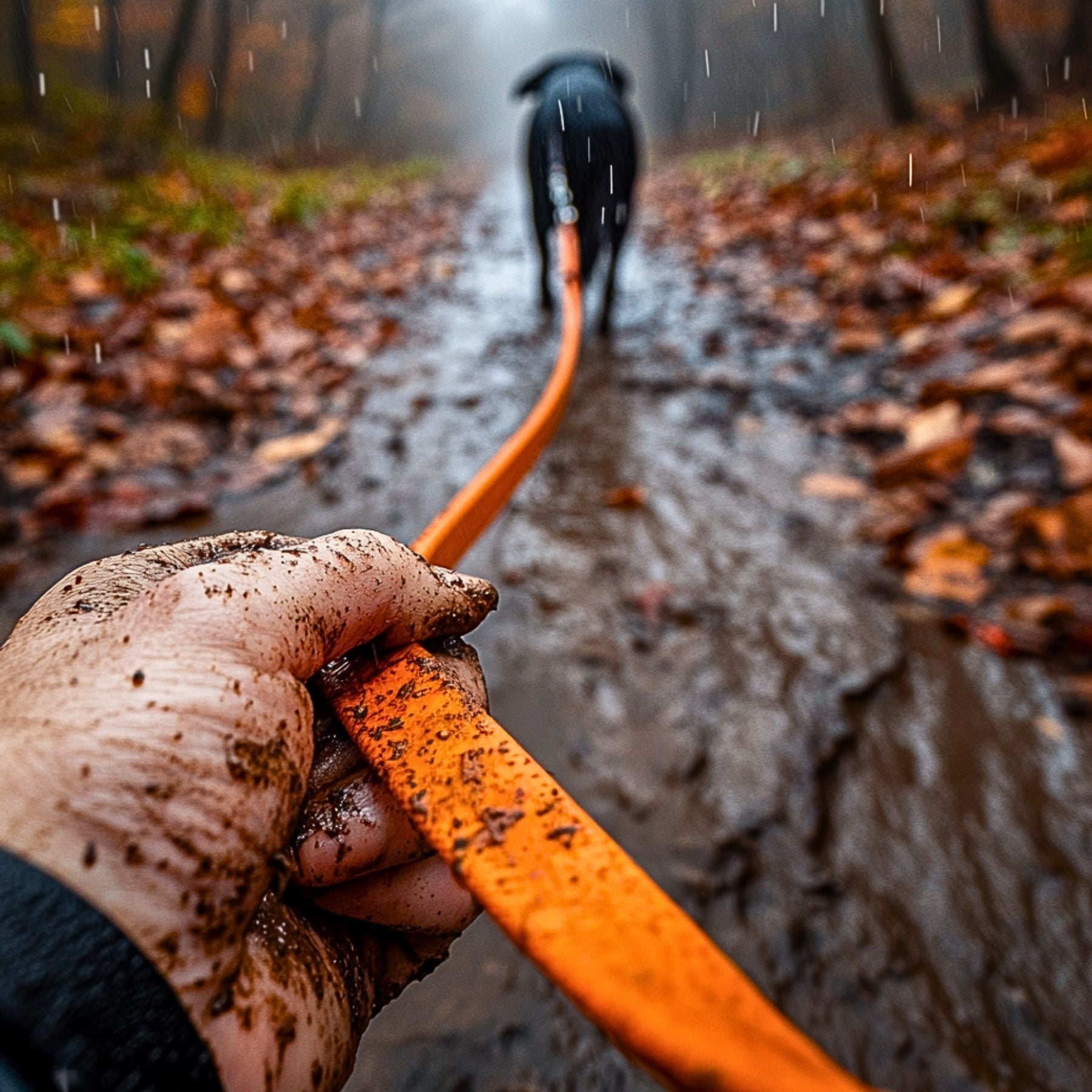
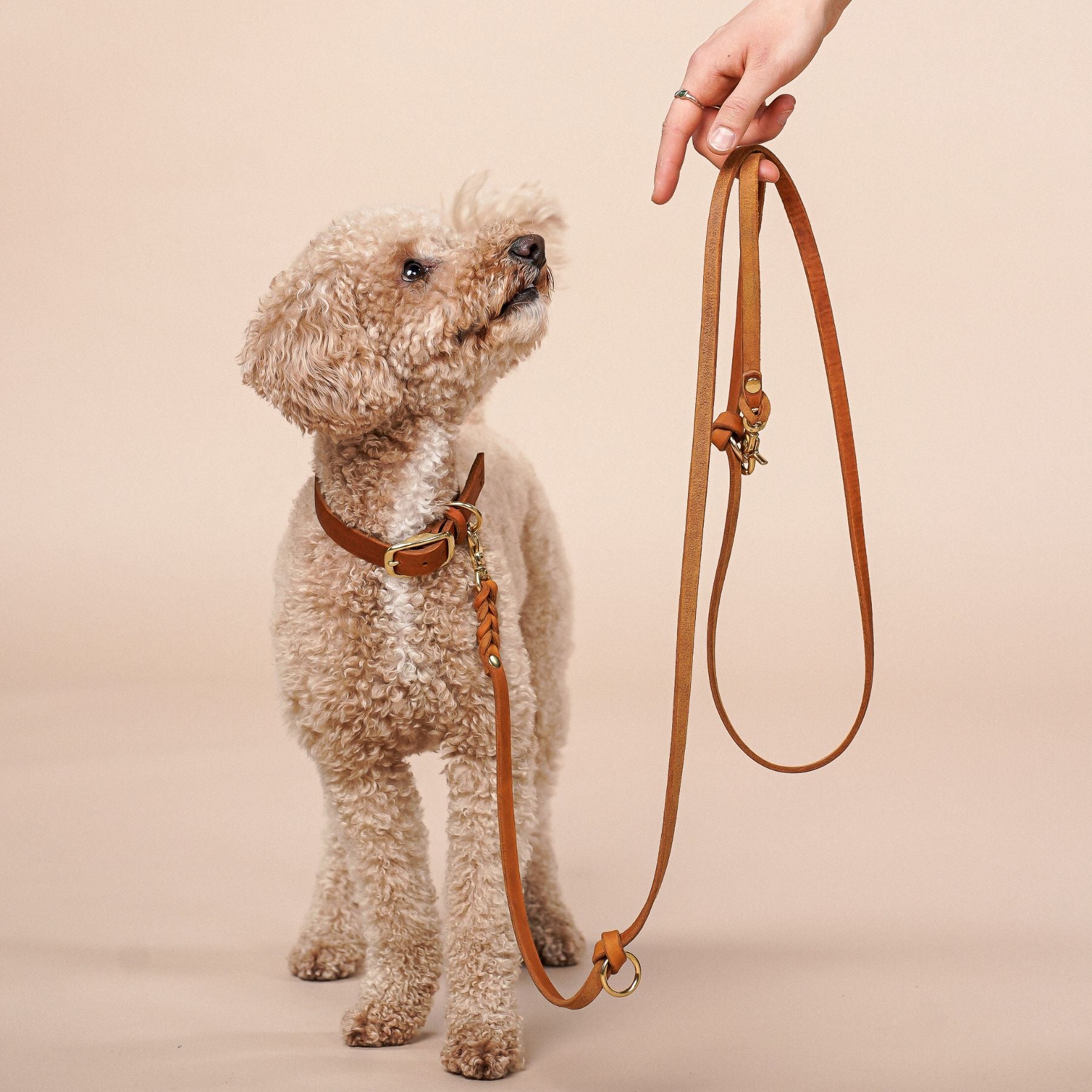
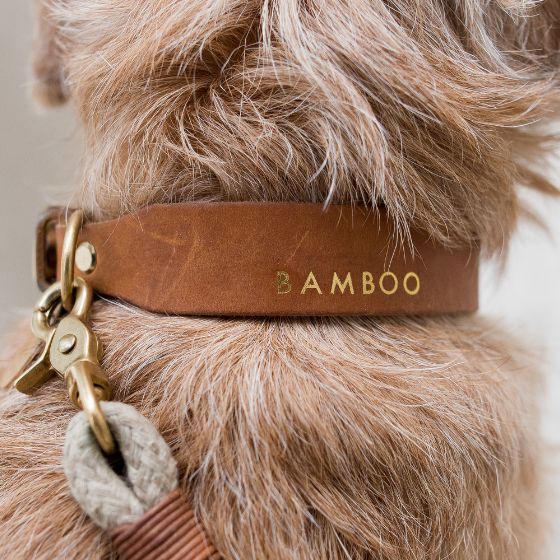

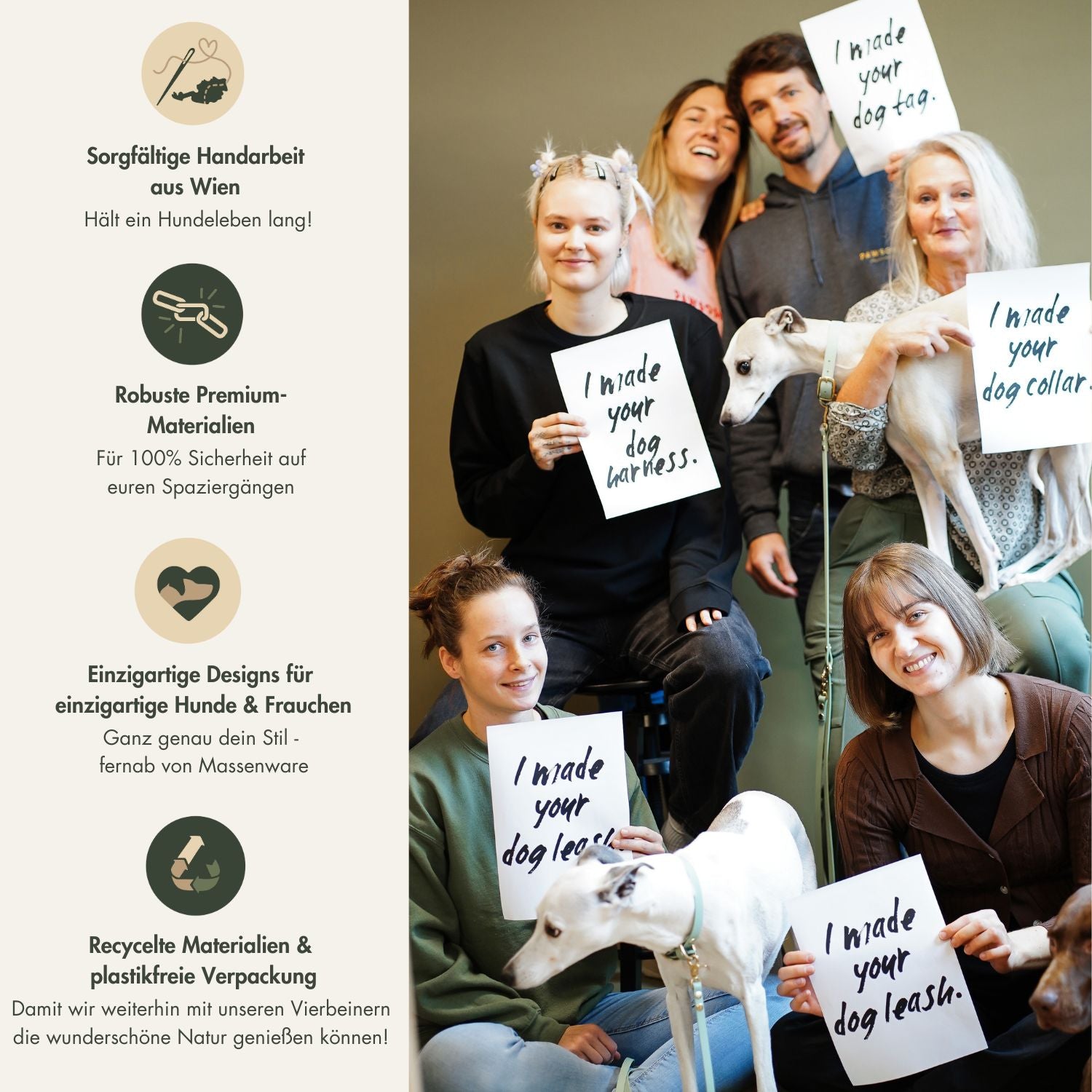
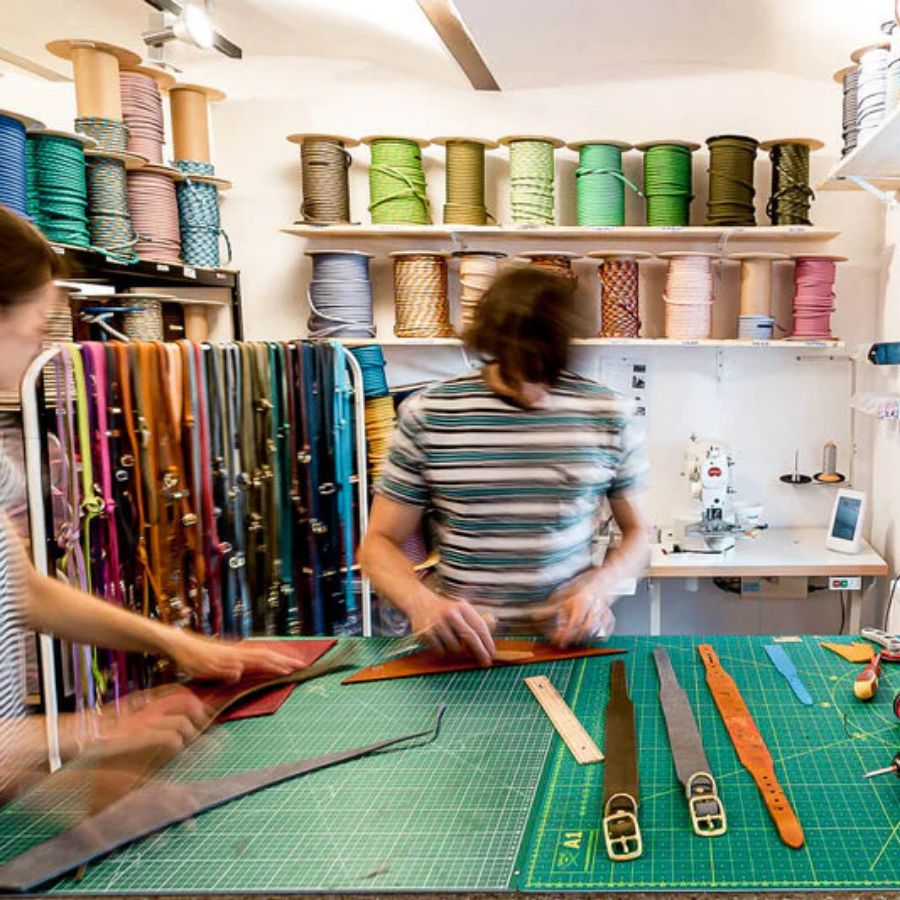
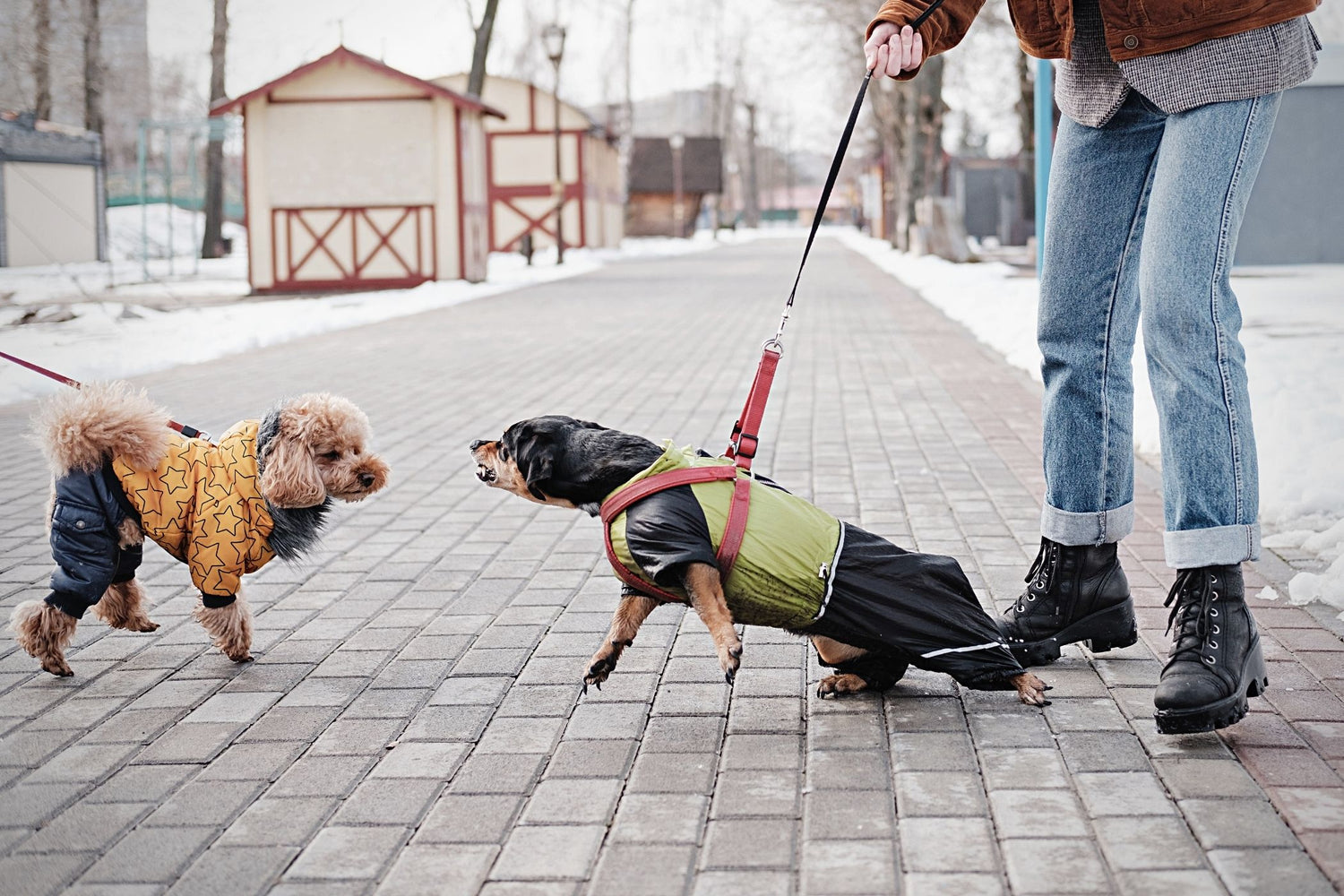
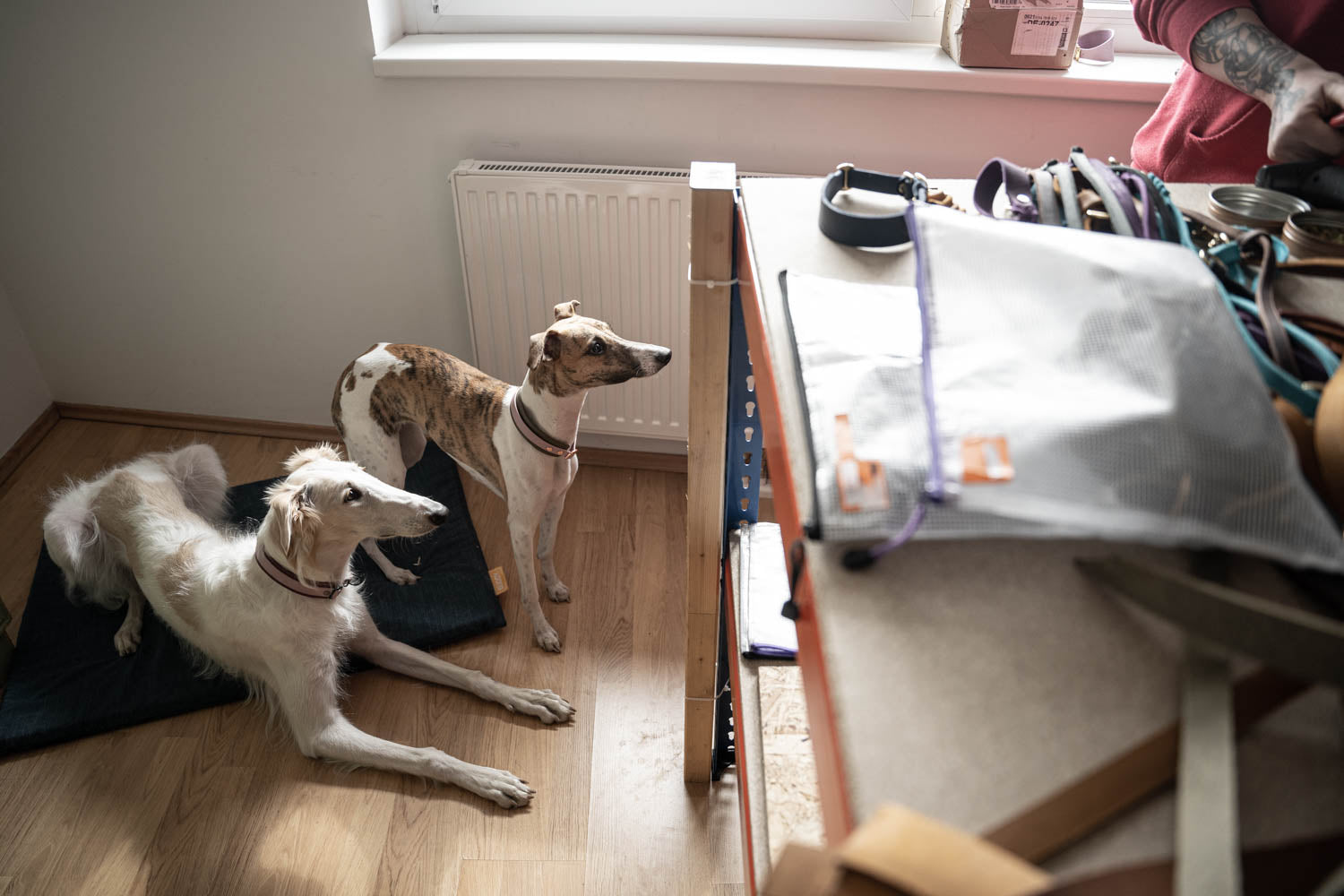
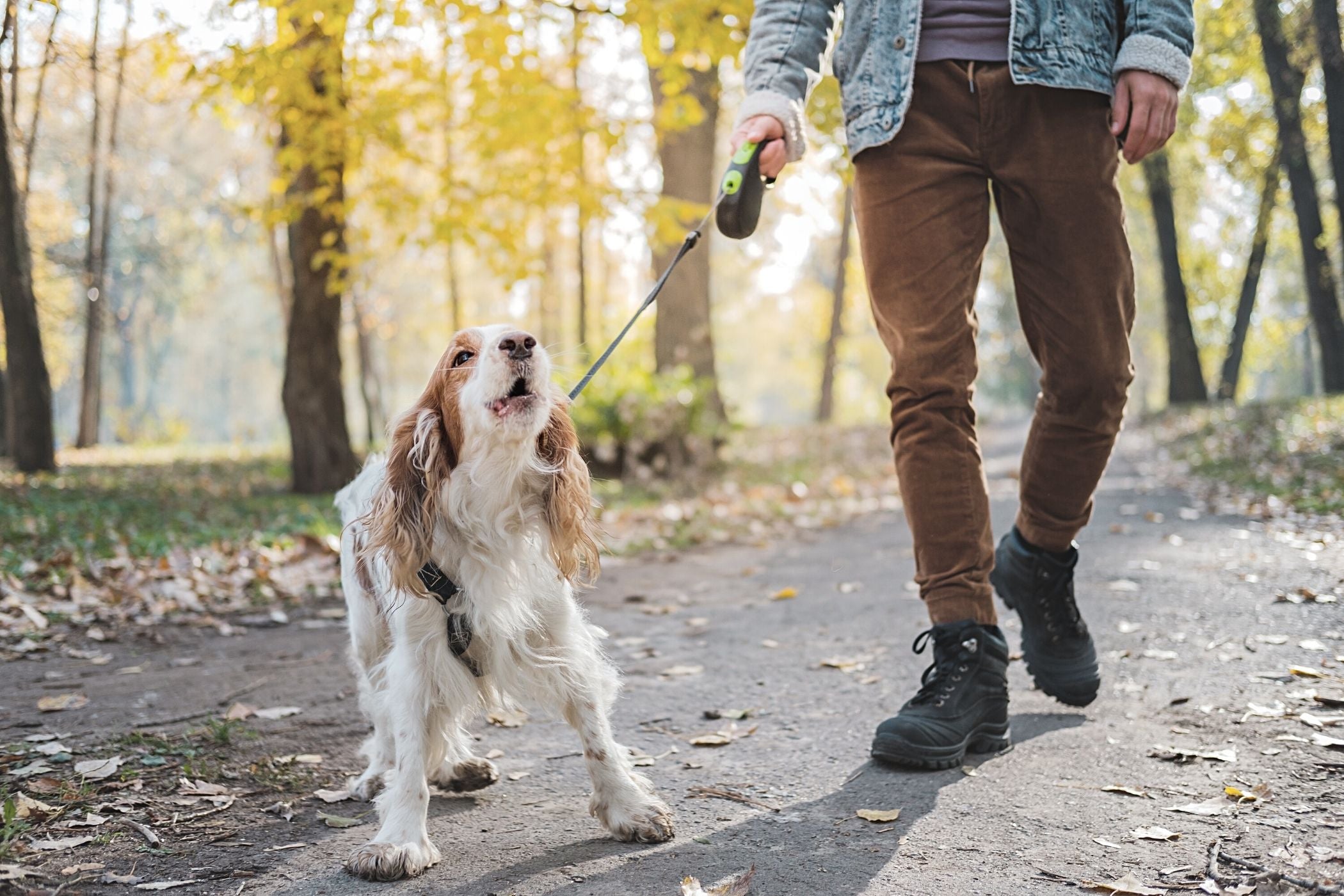
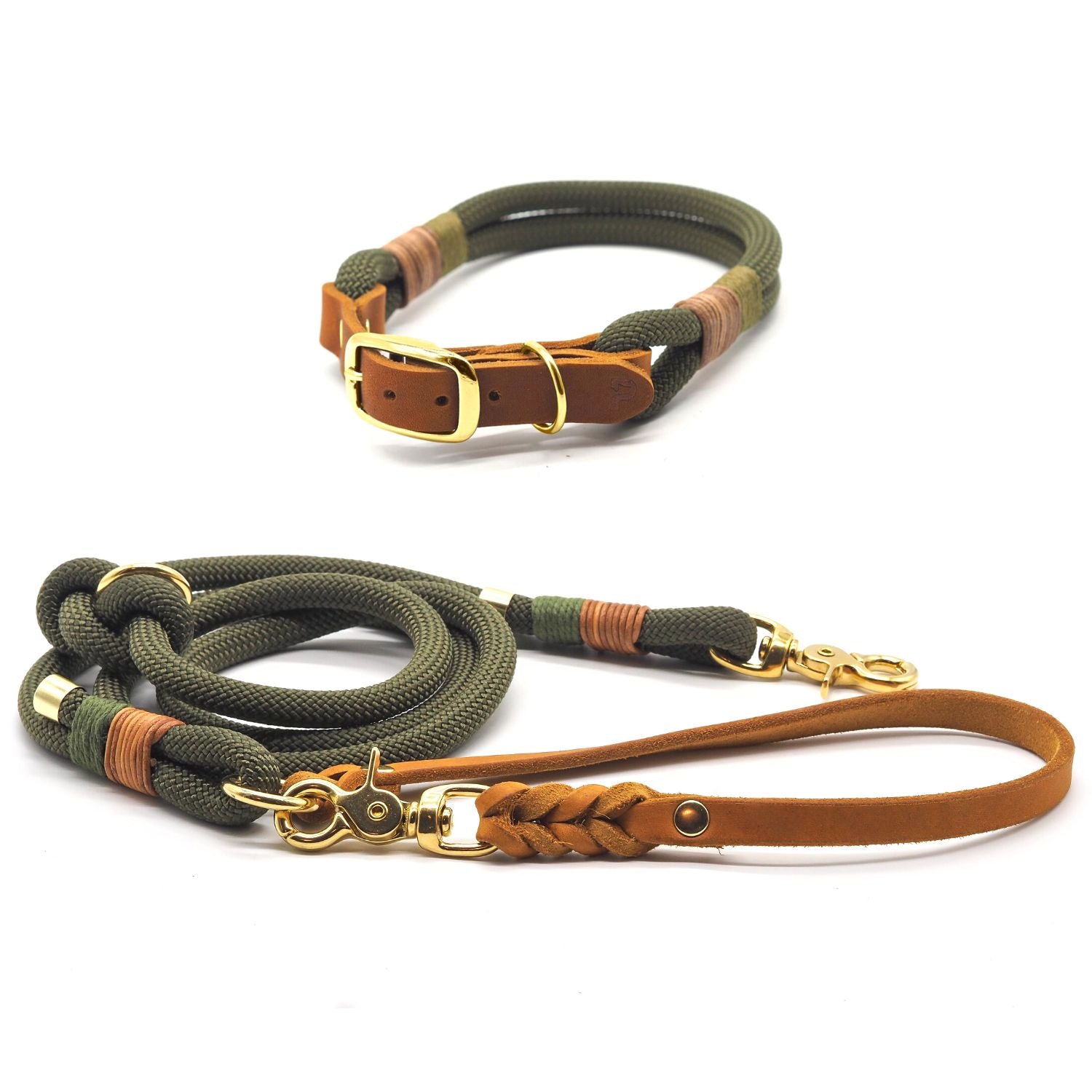





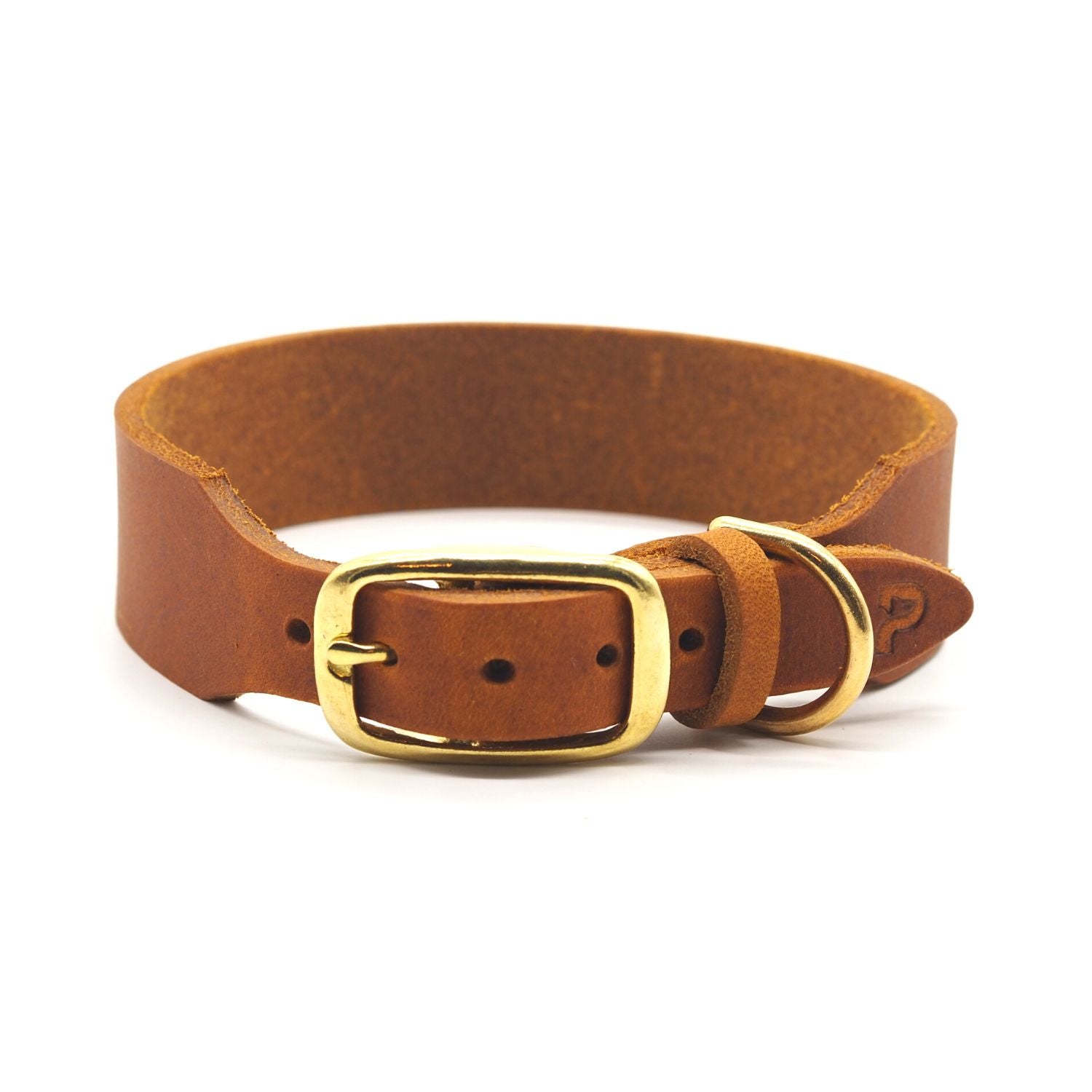


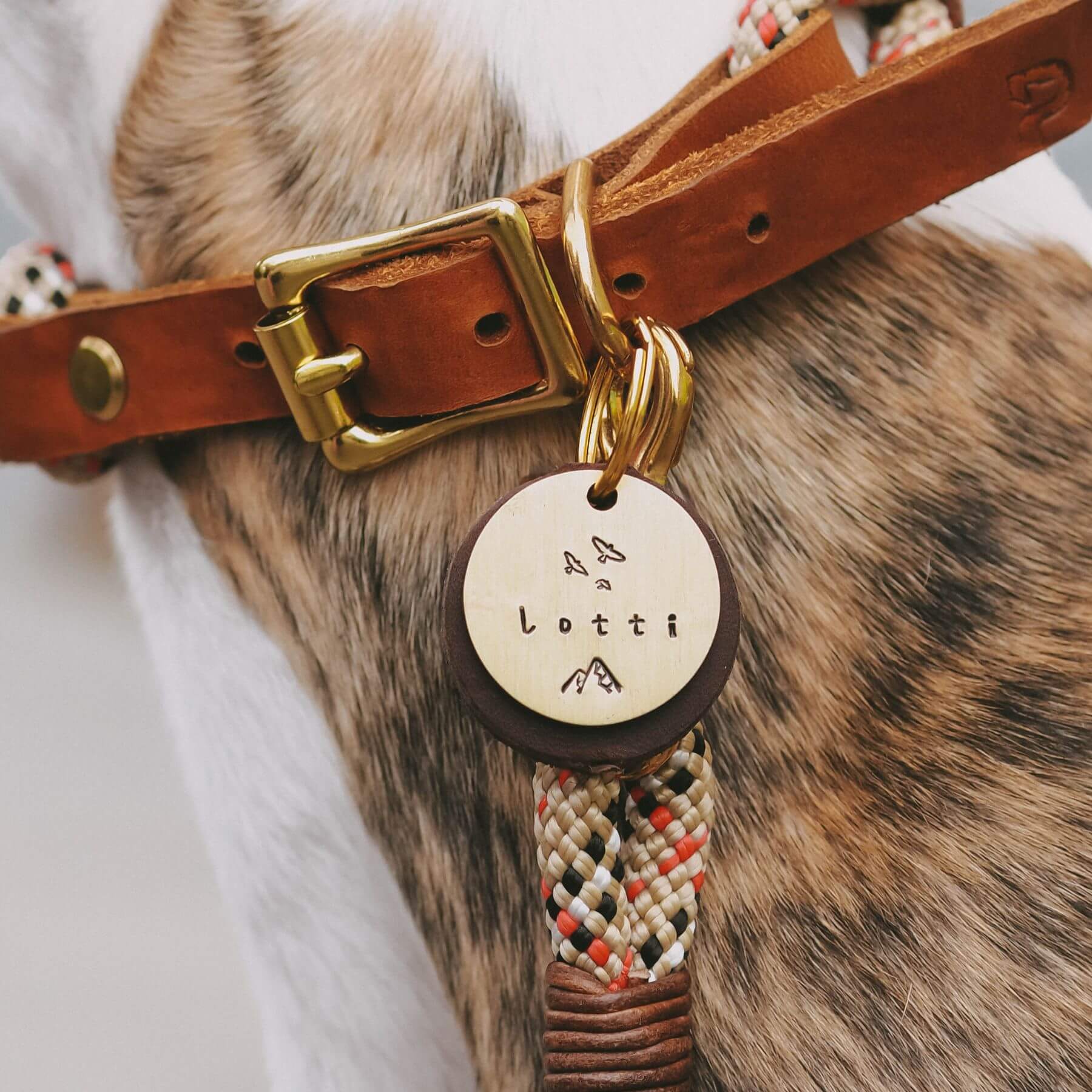




Leave a comment
All comments are moderated before being published.
This site is protected by hCaptcha and the hCaptcha Privacy Policy and Terms of Service apply.